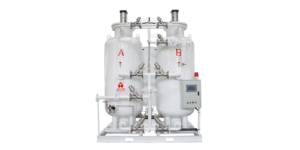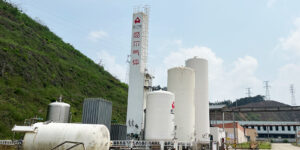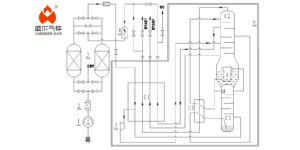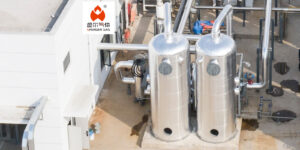The use of nitrogen gas in the food and beverage industry is a key element in preserving the quality, freshness, and safety of products. This article delves into the multifaceted role of nitrogen in food processing and packaging, offering insights into how it revolutionizes industry practices.
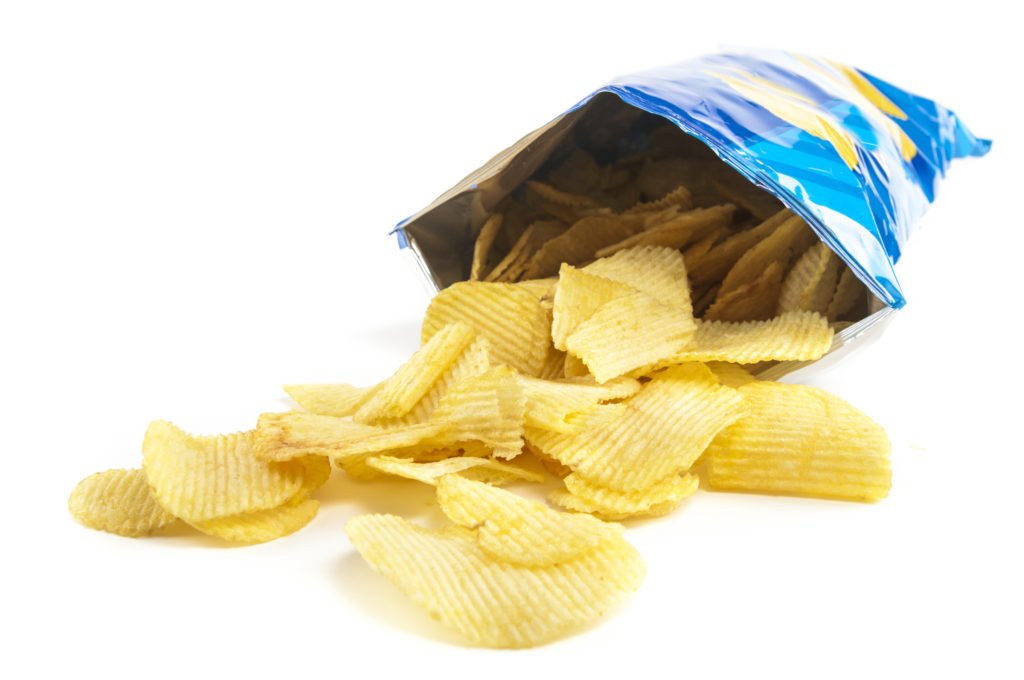
The Role of Nitrogen in Food Preservation
Nitrogen, a colorless, odorless gas that makes up about 78% of the Earth’s atmosphere, is vital in food preservation. Its primary function is to displace oxygen in food packaging, a process known as nitrogen flushing. This is crucial because oxygen can cause food deterioration through oxidative processes, leading to spoilage and a reduction in shelf life. By replacing oxygen with nitrogen, the shelf life of products is significantly extended.
Nitrogen in Beverage Quality Maintenance
In the beverage industry, nitrogen finds its use in maintaining the quality of carbonated and non-carbonated drinks. Nitrogen can provide a protective blanket over beverages, preserving taste and preventing oxidation. Its inert nature ensures that it doesn’t react with the beverages, thus maintaining their original flavor and aroma.
Modified Atmosphere Packaging (MAP)
One of the most prevalent applications of nitrogen in the food sector is Modified Atmosphere Packaging (MAP). MAP is a technology that alters the atmospheric composition inside food packaging to improve shelf life and maintain product quality. Nitrogen is often the primary gas used in this process due to its inert properties.
Freezing and Chilling with Liquid Nitrogen
Liquid nitrogen is used in quick freezing and chilling processes. Its extremely low temperature (-196°C) makes it an efficient tool for rapid freezing, which is essential in preserving the texture, moisture, and flavor of foods. Quick freezing with liquid nitrogen is particularly beneficial in the seafood and meat industries.
Nitrogen in Wine and Oil Preservation
Nitrogen is also employed in preserving wine and edible oils. It prevents oxidation, which can lead to spoilage and off-flavors. By blanketing the surface of these liquids with nitrogen, exposure to oxygen is minimized, thereby extending their shelf life and maintaining quality.
Safety and Environmental Considerations
While nitrogen is non-toxic and environmentally benign, appropriate safety measures are essential when handling it, especially in its liquid form due to its extremely low temperatures.
Economic Benefits
The use of nitrogen in food preservation not only enhances product quality but also offers economic benefits. By extending the shelf life of products, it reduces waste, improves supply chain efficiency, and opens up broader markets for food producers.
Future Trends and Innovations
The future of nitrogen use in the food and beverage industry is likely to see more innovative applications. With the growing demand for longer shelf life and high-quality products, nitrogen’s role is set to become even more integral.
In conclusion, nitrogen plays a pivotal role in the food and beverage industry. Its ability to extend shelf life, maintain product quality, and enhance safety, all while being environmentally friendly, makes it an indispensable tool in modern food processing and packaging. As technology advances, we can expect even more creative and efficient uses of nitrogen, further revolutionizing the industry.



